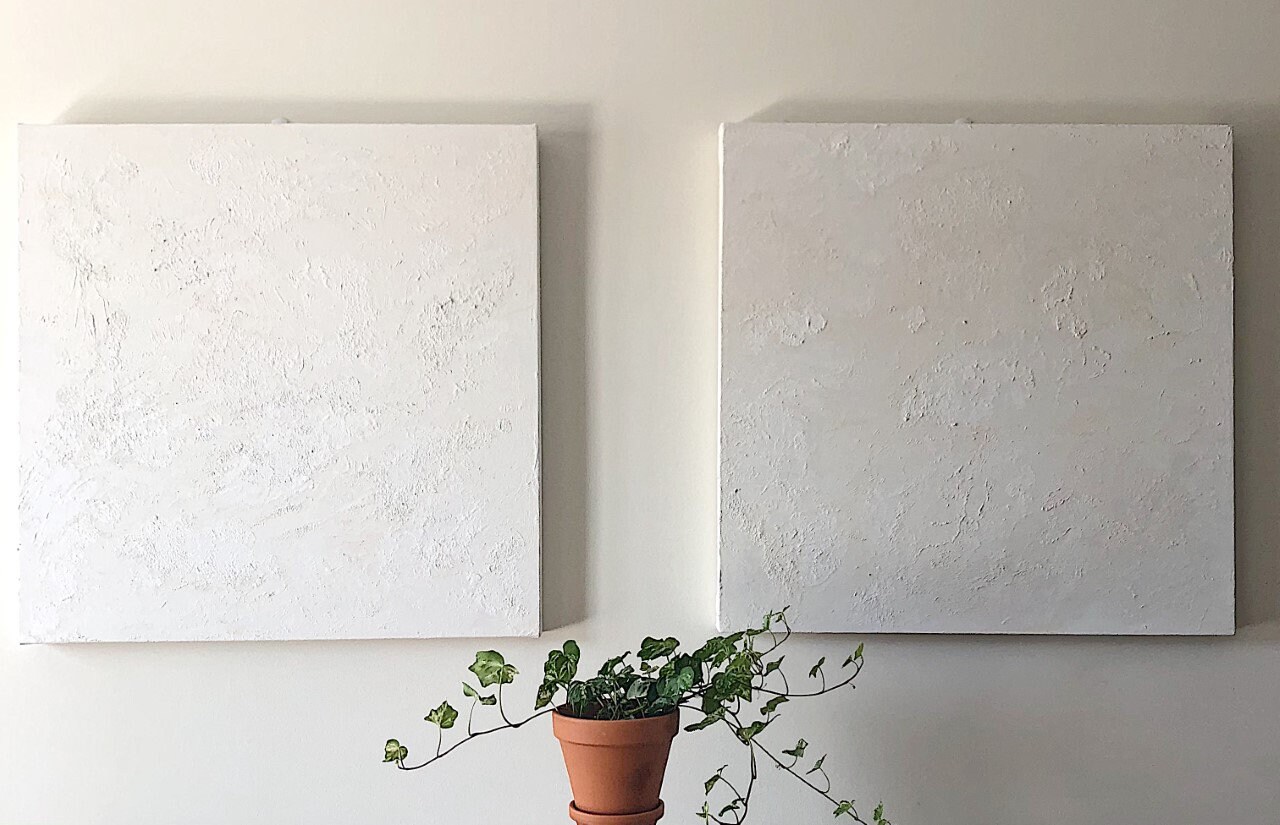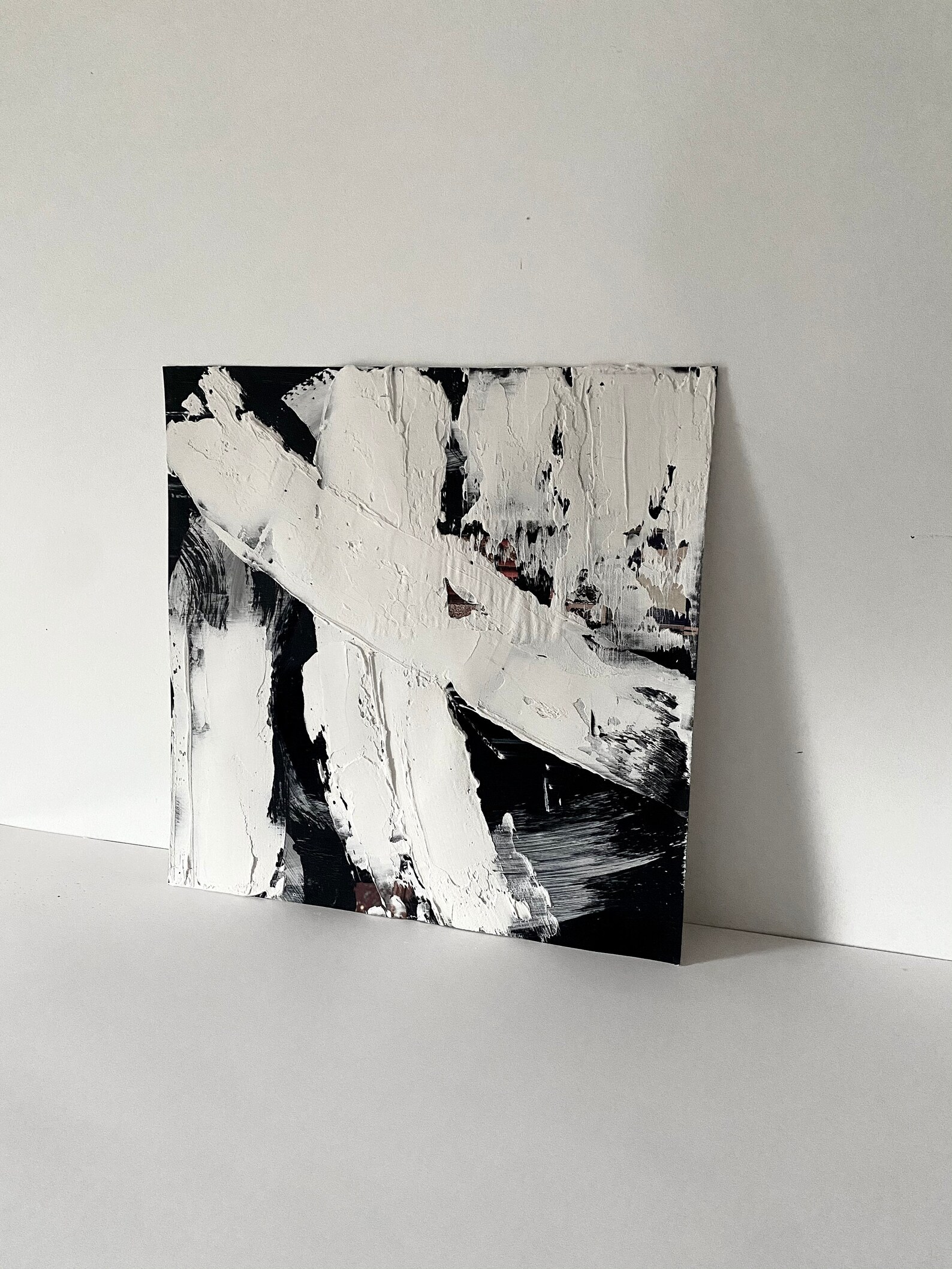
When the first Spanish settlers came up to New Mexico from Mexico in 1598, their caravan included Franciscan friars intent on building mission churches and converting the Pueblo natives. While the Church has had a foothold in New Mexico since the days of the early conquistadors, Catholic life in the colonial era was never easy. or from across the world, it has a profound effect on them,” Bishop Wall said, “because it’s a beautiful expression of our Catholic faith.” “I notice that every time I introduce others to, whether they’re local.

It’s a flourishing example of the collaboration between the Church and the arts, a partnership that not only creates beauty and safeguards a tradition, but evangelizes in the process. Reverence for the faith and techniques of the past translates to an invigorated desire to create anew and hand down the old methods for the future. “From being a little boy to being a 58-year-old bishop,” he said, santero art “is something that helps me to have a real and personal encounter with Jesus Christ.” Still, Bishop Wall, himself an Arizona native, finds it fitting that a Catholic art tradition born in the Southwest would find a home at his cathedral.

Gallup itself is the largest city in western New Mexico’s McKinley County, which has a poverty rate three times the national average - the highest in the state. “We put forth things that are good and true and beautiful, and we see that in the arts,” especially the “real natural beauty” of the santero (“saint-maker”) tradition.Īs the self-described “poorest diocese in the United States,” with a majority-Native American population, the Church in Gallup might seem an unlikely host for artists who also show yearly at the prestigious, juried Spanish Market in tony Santa Fe, 200 miles away, many with pieces that easily sell for thousands of dollars. It’s an annual showcase that reflects both the deep, Catholic roots of the region and an adherence to traditional art forms handed down for generations.Īs Catholics, “we have a history with this,” Bishop James Wall of Gallup told the Register. A National Heritage Fellow with the National Endowment for the Arts, he’s one of the most influential living artists within the Spanish Colonial tradition, with a focus on the religious folk art that sprang out of New Mexican Hispanic culture and is the oldest Catholic art native to the United States.Ĭarillo is not alone in keeping tradition alive, though: He was one of more than 40 acclaimed artists hosted by the Diocese of Gallup in New Mexico during Sacred Heart Cathedral’s eighth Spanish Market, which took place June 9-11. Still, he gestured toward one piece depicting Jesus hanging on the cross, wounds dripping red, and an angel with a chalice collecting the fountain of blood gushing from his side.Ĭarrillo flashed a quick smile: “Hang that one up, and there’s no cutting corners” in announcing to houseguests that you’re Catholic, he said.Ĭarrillo knows a thing or two about using the visual arts to express one’s Catholic devotion.

Not many people buy Crucifixions, said Carrillo, surrounded by his colorful retablos, religious images painted on wood in a tradition that stretches back to colonial New Mexico.

Isidore at his plow, or the ever-popular Our Lady of Guadalupe. Pascal in his kitchen (red chile ristras dangling from the ceiling), St. From his stall at the Sacred Heart Spanish Market in Gallup, New Mexico, master santero Charles Carrillo listed off his top-selling saints’ depictions: the pious St.


 0 kommentar(er)
0 kommentar(er)
